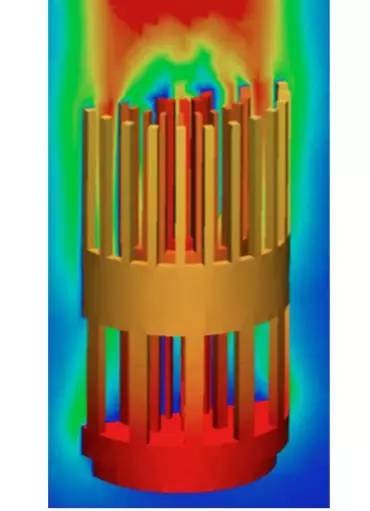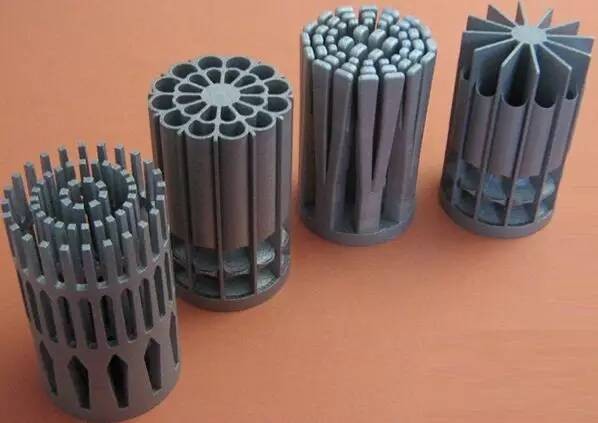Cooling of the heating elements of electronic devices plays a key role in the performance of electronic components, which help maintain long-term service life at safe temperatures and avoid early product failure. Currently, the preferred method of achieving this cooling is to carry away the heat of the electronics through natural convective air flow. This method is low in cost, simple to maintain, and free from noise.
However, the method of natural convection also has its limitations. The limiting factor is its cooling limit. When the cooling requirements are relatively high, the limitations appear.
To overcome this limitation, it is necessary to improve the structure of the heat dissipating component, which is realized by a heat sink or a heat sink. These components are characterized by a large surface area and are made of a highly thermally conductive material such as aluminum or copper. When the electronic components get hot, convection conduction quickly removes heat.
The success of natural convection depends to a large extent on the heat sink's ability to dissipate heat and move it to the surrounding air. Designing an effective heat sink is a carefully balanced process that involves balancing air flow and surface area while reducing pressure loss and manufacturing costs.

If heat-dissipating components can optimize the geometry of highly thermally conductive materials, increase air flow and surface area, and reduce production costs, more electronic products can be cooled by natural convection rather than resorting to more expensive and complex methods.
SLM technology provides a high degree of freedom in the geometry of the product by selectively melting the powder layer by layering the metal layer by layer, while the geometric height degree of freedom brings higher surface area density efficiency of the heat sink element, just as Conflux Technology in the car heat exchange As with the field of exploration, SLM selective laser melting technology is also worth exploring in the manufacture of cooling components for electronic devices.
The Plunkett Associates project team used Computational Fluid Dynamics software to simulate the heat sink modeling model and analyzed the air flow characteristics and associated heat transfer characteristics.
Five optimal component designs are created by SLM technology. These five designs excel in performance and deliver consistent cooling.

The performance of electronic equipment is getting stronger and stronger, and the heat load is getting bigger and bigger. It is necessary to dissipate heat as much as possible. Building Complex Geometry with SLM Selective Laser Melting 3D Printing Technology There are many potential applications for cooling in the heating of electronic components.
Pet Bowl,Dog Food Bowl,Pet Food Bowl,Pet Water Bowl
Yangzhou Pet's Products CO.,LTD , https://www.yzpets.cn